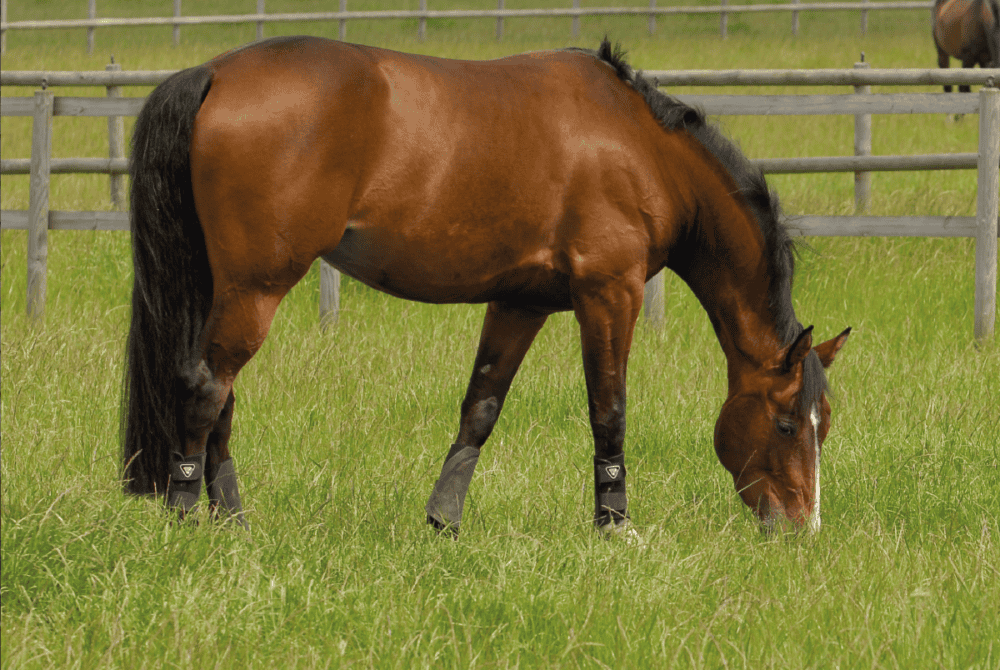A difficult decision
Posted 11th April 2024
Being aware of your horse’s quality of life, and knowing when an end-of-life decision may need to be made can be extremely hard – vet Nicky Jarvis shares some key considerations

Being prepared to say goodbye at the right time and managing end-of-life care is a sad but essential part of caring for a horse. But by planning ahead and using a quality-of-life assessment routinely, you can make an emotional time just that bit easier not only for yourself but for your horse, too.
Regular monitoring
Finding ways to optimise quality of life (QoL) is important for all horses, regardless of age or health, as a good level of physical and mental wellbeing throughout each day, based on species-specific requirements, is essential. As a result, monthly or quarterly QoL assessments, in addition to daily monitoring, can help you identify positive changes you can make to your horse’s management, while a practical QoL tool can help you really appreciate your horse’s overall experience of life because you’ll…
- understand him as an individual, his personality, likes, dislikes
- know what’s normal for him
- spot ways to improve QoL – sometimes small changes can make a big difference
- easily spot changes that suggest a decline in his physical or mental health – and take action
- have greater insight to help judge when, sadly, end-of-life decisions need to be made
Did you know?
There are several QoL assessment tools available online. The Five Domains of Animal Welfare provides a scientifically developed framework for objectively thinking about your horse’s experience of life.
Spot the change
There are many factors that constitute a horse’s quality of life. Sometimes, there may be a single underlying issue, while, in other cases, one small difference can be an early sign of a significant clinical condition or range of causes.
Being aware of what is normal for your horse provides the best chance of spotting change and taking action. Look out for any of the following…
- a change in demeanour – less interest in food, environment or activities, tension in the face or body, signs of stress or anxiety but without an obvious cause
- changes in behaviour – interacting with or responding differently to people or other horses, a decrease or increase in time spent eating, drinking, resting, lying down, sheltering, performing stereotypical behaviours and so on
- change in ridden performance
- unusual resistance or intolerance when lifting legs for the farrier
- physical changes – anything from stiff movement, coat quality or bad breath to change in droppings, temperature regulation, itchiness and more
When change is observed, the next question should be why that change is happening. Remember, elderly horses need to have clinical conditions diagnosed and treated in the same way as younger ones.
Learn more about assessing your horse’s quality of life in May Horse&Rider, out now!











